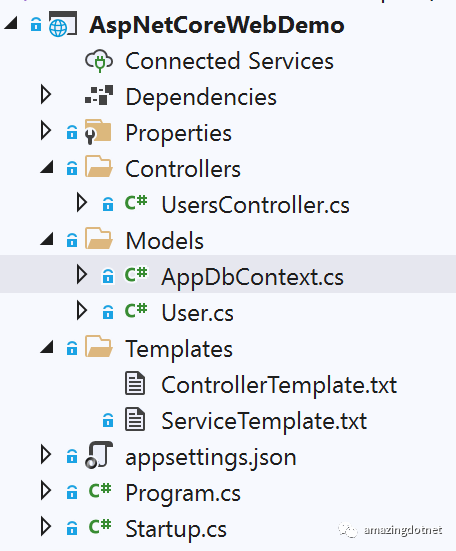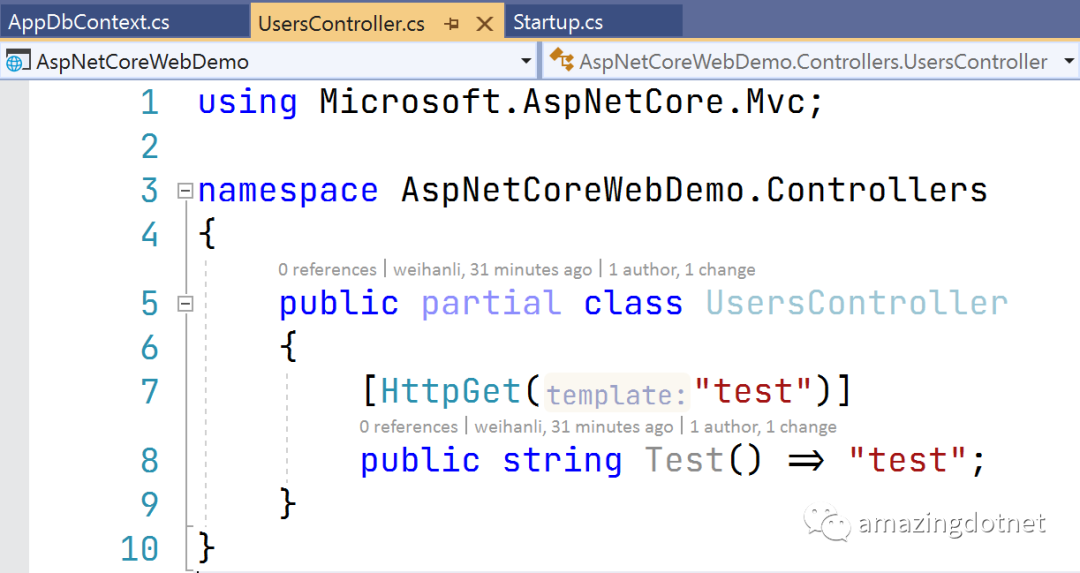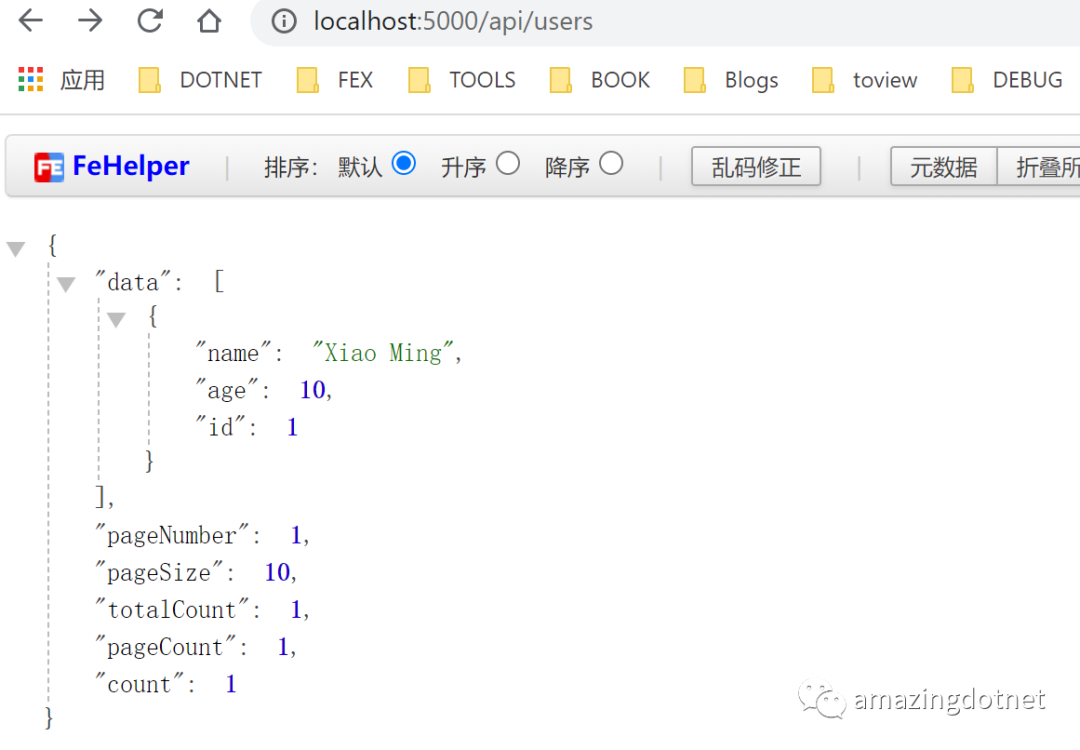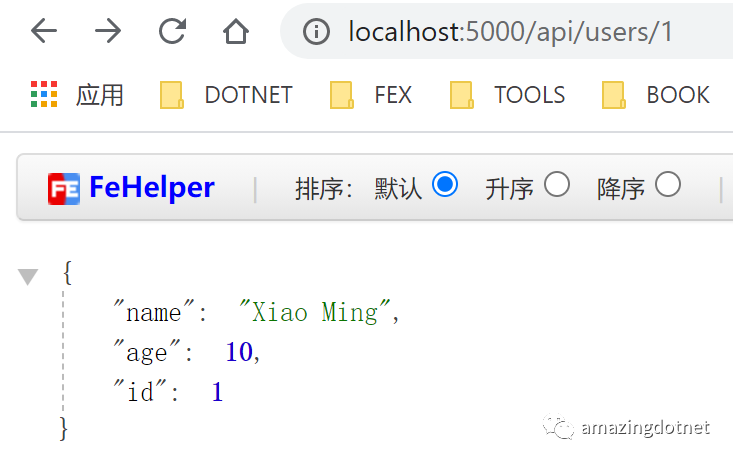使用 Source Generator 自动生成 WEB API
Intro
上次我们介绍了使用 Source Generator 的应用,有小伙伴留言说想要自动生成一套 ABP 相关的东西,我对 ABP 不怎么熟悉,所以写了一个简单版的雏形,可以根据自定义的模板去动态生成,有需要的可以参考一下
Generator 示例
[Generator]
public class ControllersGenerator : ISourceGenerator
{public void Initialize(GeneratorInitializationContext context){}public void Execute(GeneratorExecutionContext context){var appDbContextType = context.Compilation.GetTypeByMetadataName("AspNetCoreWebDemo.Models.AppDbContext");// 从编译信息中获取 DbSet<> 类型var dbContextType = context.Compilation.GetTypeByMetadataName(typeof(DbSet<>).FullName);// 获取 DbContext 中的 DbSet<> 属性var propertySymbols = appDbContextType.GetMembers().OfType<IMethodSymbol>().Where(x => x.MethodKind == MethodKind.PropertyGet&& x.ReturnType is INamedTypeSymbol{IsGenericType: true,IsUnboundGenericType: false,} typeSymbol&& ReferenceEquals(typeSymbol.ConstructedFrom.ContainingAssembly, dbContextType.ContainingAssembly)).ToArray();var propertyReturnType = propertySymbols.Select(r =>Tuple.Create((INamedTypeSymbol)r.ReturnType, r.Name.Replace("get_", "", StringComparison.OrdinalIgnoreCase))).ToArray();(string typeName, string propertyName)[] models = propertyReturnType.Select(t => (t.Item1.TypeArguments.First().Name, t.Item2)).ToArray();//Debugger.Launch();foreach (var additionalFile in context.AdditionalFiles){var templateName = Path.GetFileNameWithoutExtension(additionalFile.Path).Replace("Template", "");var template = additionalFile.GetText(context.CancellationToken);if (template is not null){foreach (var (typeName, propertyName) in models){var code = template.ToString().Replace("{PropertyName}", propertyName, StringComparison.OrdinalIgnoreCase).Replace("{TypeName}", typeName, StringComparison.OrdinalIgnoreCase);context.AddSource($"{propertyName}{templateName}", code);}}}}
}
上面的示例通过 AdditionalFiles 来获取要生成的代码模板,替换模板内的部分 Placeholder,最终生成期望的代码,而且模板可以是多个模板,也就会生成 N 多份内容
Template 模板
Service 模板
Service 模板和上一篇文章中生成的代码基本是一样的,只是命令空间不同
上一篇文章中是在代码里写死的代码,而现在我们则是把相同的部分抽出来独立成一个模板,利用模板来动态生成最终的代码,这样的好处在于,我们最终可以在项目里配置而不是直接写死在 Generator 代码里,会更加的灵活,修改起来也比较方便
using AspNetCoreWebDemo.Models;
using WeihanLi.EntityFramework;namespace AspNetCoreWebDemo.Business
{public partial interface I{PropertyName}Service: IEFRepository<AppDbContext, {TypeName}>{}public partial class {PropertyName}Service: EFRepository<AppDbContext, {TypeName}>, I{PropertyName}Service{public {PropertyName}Service(AppDbContext dbContext) : base(dbContext){}}
}
Controller 模板
Controller 模板就是我们要来生成 API 的模板,实现了比较简单的增删改查,而且声明的类型是分部类(partial) 这样我们就可以比较方便进行扩展,在同一个类增加自定义的逻辑
using AspNetCoreWebDemo.Business;
using AspNetCoreWebDemo.Models;
using Microsoft.AspNetCore.Mvc;
using System.Threading.Tasks;
using WeihanLi.Common.Helpers;
using WeihanLi.Common.Models;
using WeihanLi.EntityFramework;namespace AspNetCoreWebDemo.Controllers
{[Route("api/[controller]")]public partial class {PropertyName}Controller : ControllerBase{private readonly I{PropertyName}Service _service;public {PropertyName}Controller(I{PropertyName}Service service){_service = service;}[HttpGet]public Task<IPagedListResult<{TypeName}>> List([FromQuery] PagedRequest request){return _service.PagedAsync(request.PageNum, request.PageSize, ExpressionHelper.True<{TypeName}>(), x => x.Id, false,HttpContext.RequestAborted);}[HttpGet("{id}")]public Task<{TypeName}> Details(int id){return _service.FetchAsync(x => x.Id == id,HttpContext.RequestAborted);}[HttpPost]public async Task<{TypeName}> Create([FromBody] {TypeName} model){var result = await _service.InsertAsync(model);model.Id = result;return model;}[HttpPut("{id}")]public async Task<{TypeName}> Update(int id, [FromBody] {TypeName} model){model.Id = id;var result = await _service.UpdateWithoutAsync(model, x => x.Id);return model;}[HttpDelete("{id}")]public async Task<ActionResult<{TypeName}>> Delete(int id){var t = await _service.FetchAsync(x => x.Id == id);if (t is null){return NotFound();}await _service.DeleteAsync(x => x.Id == id);return t;}}
}
Project Structure
上面是 Generator 的一些介绍,接着我们来看一个使用这个 Genertor 的项目结构

项目里只有一个 DbContext 和 Models,以及我们要自定义的模板
UsersController 这里是为了测试分部类的自定义 controller 补充逻辑,UserController 文件的内容如下:

Generated Files
根据 Controller 模板生成的 controller 文件如下:
using AspNetCoreWebDemo.Business;
using AspNetCoreWebDemo.Models;
using Microsoft.AspNetCore.Mvc;
using System.Threading.Tasks;
using WeihanLi.Common.Helpers;
using WeihanLi.Common.Models;
using WeihanLi.EntityFramework;namespace AspNetCoreWebDemo.Controllers
{[Route("api/[controller]")]public partial class UsersController : ControllerBase{private readonly IUsersService _service;public UsersController(IUsersService service){_service = service;}[HttpGet]public Task<IPagedListResult<User>> List([FromQuery] PagedRequest request){return _service.PagedAsync(request.PageNum, request.PageSize, ExpressionHelper.True<User>(), x => x.Id, false,HttpContext.RequestAborted);}[HttpGet("{id}")]public Task<User> Details(int id){return _service.FetchAsync(x => x.Id == id,HttpContext.RequestAborted);}[HttpPost]public async Task<User> Create([FromBody] User model){var result = await _service.InsertAsync(model);model.Id = result;return model;}[HttpPut("{id}")]public async Task<User> Update(int id, [FromBody] User model){model.Id = id;var result = await _service.UpdateWithoutAsync(model, x => x.Id);return model;}[HttpDelete("{id}")]public async Task<ActionResult<User>> Delete(int id){var t = await _service.FetchAsync(x => x.Id == id);if (t is null){return NotFound();}await _service.DeleteAsync(x => x.Id == id);return t;}}
}
Configure
来看一下 Startup 的配置吧,Startup 中我只配置了 DbContext 和 注册服务配置,详细如下:
public class Startup
{public Startup(IConfiguration configuration){Configuration = configuration;}public IConfiguration Configuration { get; }public void ConfigureServices(IServiceCollection services){services.AddDbContext<AppDbContext>(options =>options.UseInMemoryDatabase("Test"));services.RegisterAssemblyTypesAsImplementedInterfaces(x => x.Name.EndsWith("Service"), ServiceLifetime.Scoped, typeof(Startup).Assembly);services.AddControllers();}public void Configure(IApplicationBuilder app, IWebHostEnvironment env){app.UseRouting();app.UseEndpoints(endpoints =>{endpoints.MapControllers();});// 数据初始化using var scope = app.ApplicationServices.CreateScope();var dbContext = scope.ServiceProvider.GetRequiredService<AppDbContext>();dbContext.Users.Add(new User() { Id = 1, Age = 10, Name = "Xiao Ming", });dbContext.SaveChanges();}
}
Run
dotnet run 运行一下看一下效果吧:

首先访问 /api/users,输出结果如下

访问 /api/users/1

以上两个 endpoint 都是自动生成的,我们再访问 /api/users/test 来测试一下分部类中的接口

可以看到,无论是自动生成的代码还是分部类中自定义的接口都是工作的了
More
如果想要进行更多的自定义,只需要根据需要调整 Generator 获取生成时所需的类型等信息,再调整相应的模板即可,模板通过 AdditionalFiles 来访问,包含进项目中,使用方式如下:
<AdditionalFiles Include="Templates/*.txt" />
模板可以增加多个,可以根据自己的项目需要进行定制,定义好自己的模板,自动生成一套 ABP 相关的代码我觉得也是可以实现的,感兴趣的可以试试看
References
https://github.com/WeihanLi/SamplesInPractice/tree/master/SourceGeneratorSample/AspNetCoreWebDemo
https://github.com/WeihanLi/SamplesInPractice/blob/master/SourceGeneratorSample/Generators/ControllersGenerator.cs
使用 Source Generator 代替 T4 动态生成代码
C# 强大的新特性 Source Generator









![[Linux程序设计][调试][ElectricFence]](http://pic.xiahunao.cn/[Linux程序设计][调试][ElectricFence])







)

